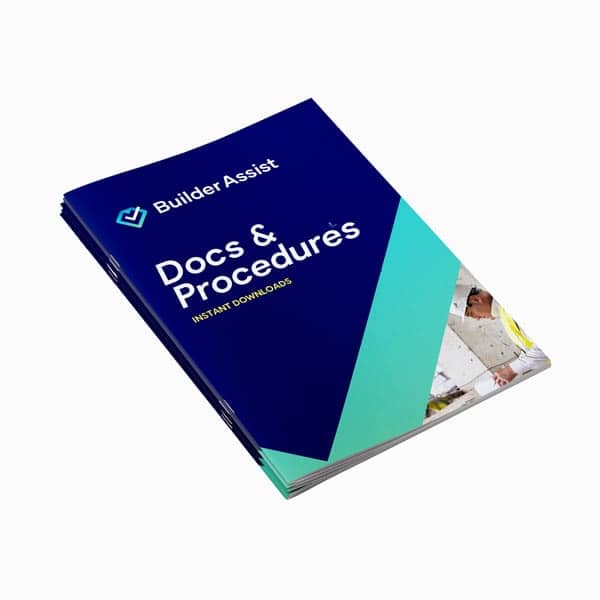Confined Space Definition
A confined space is defined as an enclosed or partially enclosed area that is not designed primarily for human occupancy. These spaces have limited or restricted means for entry and exit, and may pose significant health and safety risks to workers due to their structural configuration and the nature of the work conducted within them. Examples of confined spaces include storage tanks, silos, utility vaults, and pipelines.
Confined spaces in construction sites can present various hazards such as lack of oxygen, toxic gas accumulation, engulfment, and entrapment. Due to these inherent dangers, working in confined spaces requires strict adherence to safety protocols and regulations. In all Australian State and Territories, the Work Health and Safety (WHS) Regulations outline specific requirements for identifying, assessing, and controlling risks associated with confined spaces to ensure the safety of all personnel involved.
Proper training and preparation are crucial when working in confined spaces. Workers must be trained to recognize confined spaces and understand the associated hazards. Additionally, a confined space entry permit system should be implemented to manage and control entry into these spaces. Adequate ventilation, atmospheric testing, and the use of personal protective equipment (PPE) are also essential measures to mitigate risks and safeguard workers' health and safety in confined spaces.
Now that you have a better understanding of the confined space definition, you can explore other important definitions related to the building and trade industries below.




